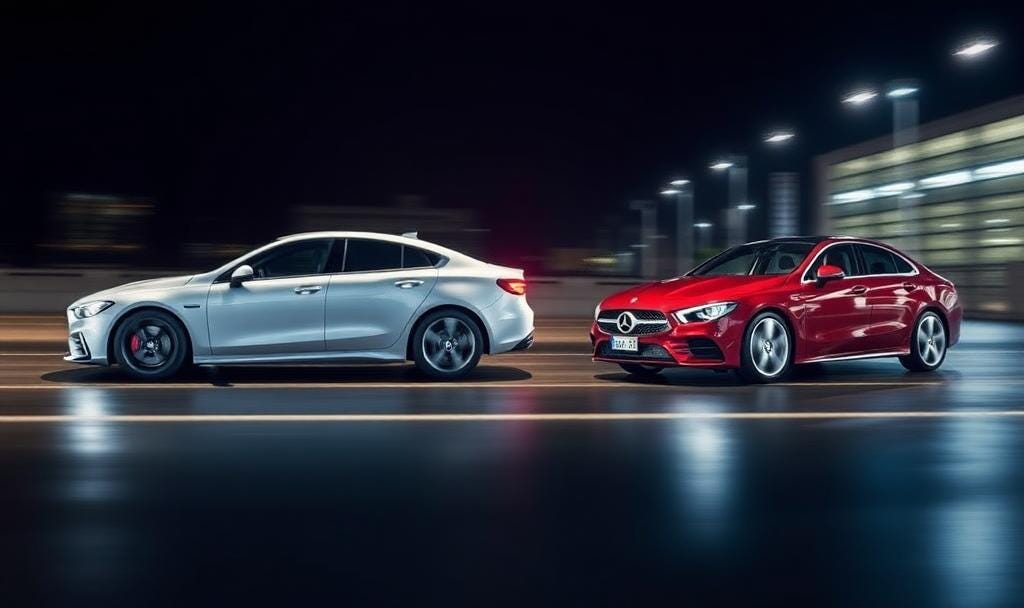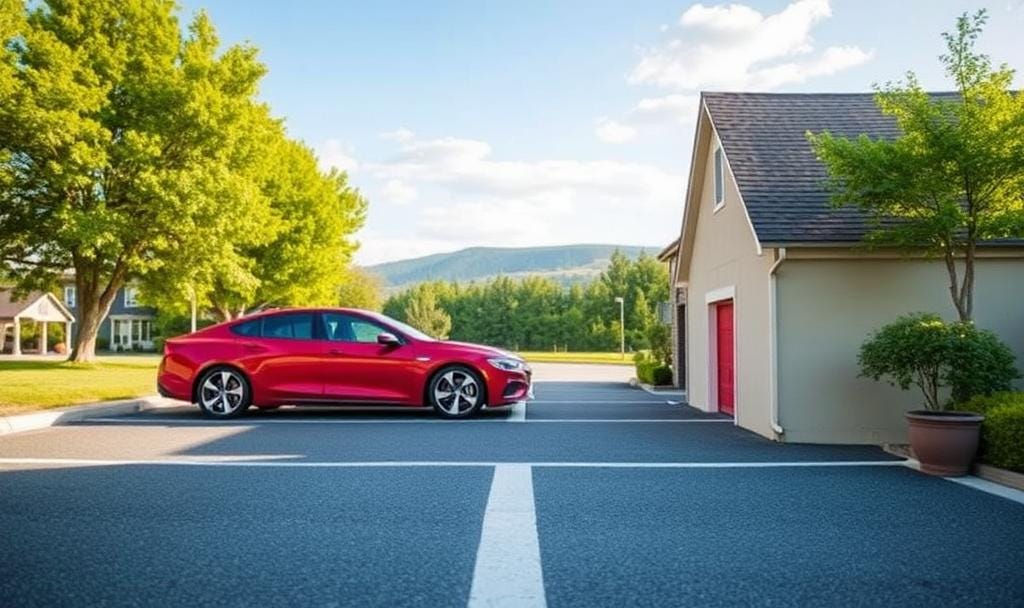Leasing vs. Buying a Car: Which Is Better for You?
A Comprehensive Guide to Help You Decide Between Leasing and Buying
When it comes to acquiring a new vehicle, one of the most significant decisions you’ll face is whether to lease or buy. Both options have their pros and cons, and the right choice depends on your financial situation, driving habits, and long-term goals. In this guide, we’ll explore the key differences between leasing and buying a car, helping you make an informed decision. Whether you’re a first-time car buyer or a seasoned enthusiast, this article will provide the insights you need to choose the option that best suits your needs.
1. Understanding the Basics: Leasing vs. Buying
Before diving into the details, it’s essential to understand the fundamental differences between leasing and buying a car.
Leasing a Car:
Definition: Leasing is essentially renting a car for a fixed period, typically 2-4 years.
Ownership: You don’t own the car; you return it at the end of the lease term.
Monthly Payments: Lease payments are generally lower than loan payments because you’re only paying for the car’s depreciation during the lease term.
Buying a Car:
Definition: Buying a car involves purchasing the vehicle outright or financing it through a loan.
Ownership: You own the car once the loan is paid off.
Monthly Payments: Loan payments are typically higher than lease payments because you’re paying for the entire cost of the car.
Pro Tip: Consider your long-term goals and financial situation when deciding between leasing and buying.
2. Financial Considerations
The financial implications of leasing vs. buying are one of the most critical factors to consider. Here’s a breakdown of the costs associated with each option:
Leasing:
Lower Monthly Payments: Lease payments are generally lower than loan payments, making it easier to afford a more expensive car.
Down Payment: Leases often require a smaller down payment or no down payment at all.
Maintenance Costs: Many leases include maintenance packages, reducing out-of-pocket expenses.
No Resale Hassle: At the end of the lease, you simply return the car, avoiding the hassle of selling it.
Buying:
Higher Monthly Payments: Loan payments are typically higher because you’re paying for the entire cost of the car.
Down Payment: Buying usually requires a larger down payment, often 10-20% of the car’s price.
Maintenance Costs: You’re responsible for all maintenance and repair costs once the warranty expires.
Resale Value: You can sell the car at any time, potentially recouping some of your investment.
Pro Tip: Use online calculators to compare the total cost of leasing vs. buying over the same period.
3. Ownership and Equity
Ownership and equity are significant factors in the leasing vs. buying debate. Here’s how they differ:
Leasing:
No Ownership: You don’t own the car, so you don’t build equity.
Mileage Limits: Most leases come with mileage limits, typically 10,000-15,000 miles per year, with additional charges for exceeding them.
Wear and Tear: You may be charged for excess wear and tear when you return the car.
Buying:
Ownership: You own the car once the loan is paid off, and you can keep it as long as you like.
No Mileage Limits: You can drive as much as you want without worrying about mileage restrictions.
Customization: You can modify or customize the car as you see fit.
Pro Tip: If you prefer driving a new car every few years and don’t mind not owning it, leasing may be the better option. If you want to build equity and have the freedom to drive as much as you want, buying is likely the better choice.
4. Flexibility and Commitment
Flexibility and commitment are other important considerations when deciding between leasing and buying.
Leasing:
Short-Term Commitment: Leases typically last 2-4 years, making it easier to switch to a new car frequently.
Early Termination: Ending a lease early can be costly, with fees for early termination.
New Car Every Few Years: Leasing allows you to drive a new car with the latest features every few years.
Buying:
Long-Term Commitment: Buying a car is a long-term commitment, especially if you finance it over 5-7 years.
Selling the Car: You can sell the car at any time, but you may lose money if you sell it before the loan is paid off.
Long-Term Ownership: Buying is ideal if you plan to keep the car for many years and want to avoid monthly payments once the loan is paid off.
Pro Tip: Consider your lifestyle and how often you like to change cars when deciding between leasing and buying.
5. Depreciation and Resale Value
Depreciation is a significant factor in the cost of owning a car. Here’s how it affects leasing vs. buying:
Leasing:
Depreciation: When you lease, you’re only paying for the car’s depreciation during the lease term, which is highest in the first few years.
No Resale Risk: You don’t have to worry about the car’s resale value because you return it at the end of the lease.
Buying:
Depreciation: When you buy, you bear the full brunt of the car’s depreciation, which can be substantial in the first few years.
Resale Value: You can sell the car at any time, but its resale value will depend on its condition, mileage, and market demand.
Pro Tip: If you’re concerned about depreciation, leasing may be the better option because you’re only paying for the car’s depreciation during the lease term.
6. Maintenance and Repairs
Maintenance and repair costs can vary significantly between leasing and buying.
Leasing:
Maintenance Packages: Many leases include maintenance packages, covering routine services like oil changes and tire rotations.
Warranty Coverage: Leased cars are typically under warranty for the duration of the lease, reducing out-of-pocket repair costs.
Buying:
Maintenance Costs: You’re responsible for all maintenance and repair costs once the warranty expires.
Long-Term Repairs: As the car ages, you may face more significant repair costs, especially if you keep it for many years.
Pro Tip: If you prefer predictable maintenance costs and don’t want to worry about repairs, leasing may be the better option.
7. Tax Implications
Tax implications can also play a role in the decision to lease or buy.
Leasing:
Sales Tax: In most provinces, you only pay sales tax on the monthly lease payments, not the entire cost of the car.
Business Use: If you use the car for business, you may be able to deduct a portion of the lease payments.
Buying:
Sales Tax: You pay sales tax on the entire cost of the car when you buy it.
Business Use: If you use the car for business, you may be able to deduct depreciation and other expenses.
Pro Tip: Consult with a tax professional to understand the tax implications of leasing vs. buying based on your specific situation.
8. Mileage and Usage
Your driving habits can significantly impact whether leasing or buying is the better option.
Leasing:
Mileage Limits: Most leases come with mileage limits, typically 10,000-15,000 miles per year, with additional charges for exceeding them.
Ideal for Low Mileage: Leasing is ideal if you don’t drive much and can stay within the mileage limits.
Buying:
No Mileage Limits: You can drive as much as you want without worrying about mileage restrictions.
Ideal for High Mileage: Buying is better if you drive a lot and would exceed the mileage limits of a lease.
Pro Tip: Consider your average annual mileage when deciding between leasing and buying.
9. Customization and Modifications
If you like to personalize your car, ownership offers more flexibility.
Leasing:
Limited Customization: Most leases restrict modifications, as you must return the car in its original condition.
No Permanent Changes: Any modifications you make must be reversible.
Buying:
Full Customization: You can modify or customize the car as you see fit, from aftermarket parts to paint jobs.
Permanent Changes: You can make permanent changes without worrying about lease restrictions.
Pro Tip: If you enjoy customizing your car, buying is likely the better option.
10. Making the Decision: Leasing vs. Buying
Ultimately, the decision to lease or buy depends on your personal preferences, financial situation, and driving habits. Here’s a quick summary to help you decide:
Choose Leasing If:
You prefer lower monthly payments.
You like driving a new car every few years.
You don’t want to worry about maintenance and repairs.
You don’t drive a lot and can stay within mileage limits.
Choose Buying If:
You want to build equity and own the car.
You drive a lot and would exceed lease mileage limits.
You prefer long-term ownership and no monthly payments after the loan is paid off.
You enjoy customizing your car.
Pro Tip: Take your time to weigh the pros and cons of each option, and consider your long-term goals and financial situation.
Conclusion
Deciding whether to lease or buy a car is a significant decision that depends on your financial situation, driving habits, and long-term goals. By understanding the key differences between leasing and buying, you can make an informed choice that aligns with your needs and preferences. Whether you choose to lease or buy, taking the time to research and compare options will help you get the best deal and enjoy your new car with confidence.
For a wide selection of new and used cars, trucks, and motorcycles, visit AutoMarketplaceCanada.com to explore your options and find the perfect vehicle for your needs.











